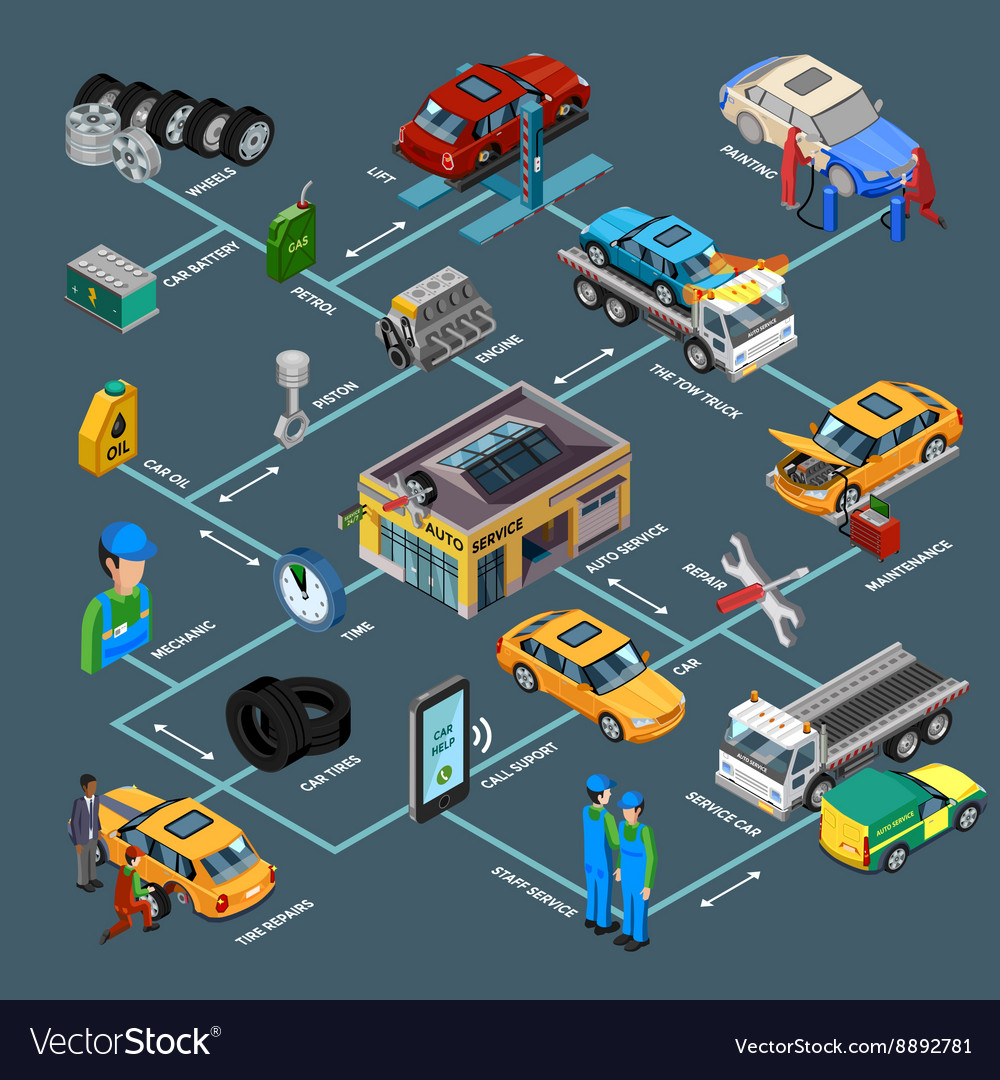Examining Your Vehicle'S Warning Indicators: What They Actually Communicate
Examining Your Vehicle'S Warning Indicators: What They Actually Communicate
Blog Article
Material By-Lim Stark
When you're behind the wheel, those glowing caution lights on your dashboard can be a bit puzzling. Do you recognize what they're attempting to tell you about your vehicle's wellness? Understanding the value of these lights is vital for your safety and the long life of your automobile. So, the following time among those lights appears, wouldn't you intend to analyze its message accurately and take the essential steps to address it?
Common Warning Lights and Interpretations
Determine common caution lights in your vehicle and understand their definitions to make sure secure driving.
The most typical caution lights consist of the check engine light, which indicates concerns with the engine or exhausts system. If this light begins, it's vital to have your automobile inspected immediately.
The oil pressure warning light indicates low oil stress, needing immediate interest to avoid engine damage.
A blinking battery light may recommend a damaged charging system, potentially leaving you stranded otherwise resolved.
The tire pressure tracking system (TPMS) light notifies you to reduced tire pressure, impacting vehicle stability and fuel performance. Overlooking this could result in harmful driving problems.
The abdominal light shows a trouble with the anti-lock stopping system, endangering your capability to quit quickly in emergency situations.
Finally, the coolant temperature level alerting light warns of engine overheating, which can result in extreme damages if not dealt with promptly.
Recognizing these typical caution lights will aid you resolve concerns quickly and preserve safe driving problems.
Importance of Prompt Interest
Recognizing the usual caution lights in your car is only the very first step; the value of without delay attending to these warnings can not be emphasized enough to ensure your safety and security when driving.
When a caution light brightens on your dashboard, it's your cars and truck's method of communicating a possible concern that requires focus. Ignoring these warnings can bring about a lot more extreme issues later on, compromising your safety and possibly costing you extra in repairs.
Trigger attention to alerting lights can protect against break downs and accidents. As an example, a blinking check engine light can indicate a misfire that, if left unattended, could trigger damages to the catalytic converter. Addressing this quickly can save you from a pricey fixing.
Similarly, a brake system warning light might signal reduced brake fluid or used brake pads, vital components for your safety when driving.
Do It Yourself Troubleshooting Tips
If you see a warning light on your dashboard, there are a couple of do it yourself fixing tips you can attempt before looking for expert help.
The very first step is to consult your cars and truck's manual to comprehend what the certain caution light suggests. Sometimes https://ecutunecost84051.mdkblog.com/35646786/observe-the-impressive-rebirth-of-an-overlooked-car-highlighting-the-amazing-efficiency-of-skilled-detailing-techniques-it-makes-certain-to-take-your-breath-away can be as easy as a loose gas cap causing the check engine light. Tightening the gas cap might settle the trouble.
An additional usual concern is a low battery, which can set off various warning lights. Checking https://www.newportri.com/story/news/local/2022/02/24/newport-ri-cjs-tire-auto-service-struggling-after-theft-fraud-112-jt-connell-highway/6908493001/ for deterioration and ensuring they're secure may deal with the trouble.
If a caution light persists, you can attempt resetting it by separating the auto's battery for a few mins and then reconnecting it. In addition, examining your car's liquid degrees, such as oil, coolant, and brake fluid, can assist repair alerting lights related to these systems.
Final thought
In conclusion, recognizing your automobile's caution lights is vital for maintaining your vehicle running efficiently and safely. By without delay addressing these alerts and understanding what they suggest, you can prevent expensive repairs and possible breakdowns.
Remember to consult your vehicle's manual for specific information on each advising light and do something about it appropriately to make certain a trouble-free driving experience.
Remain educated, stay Suggested Website -free when traveling!
